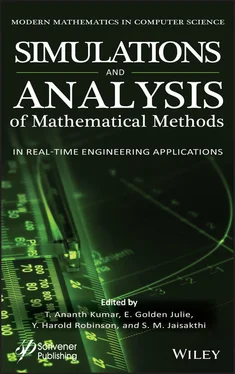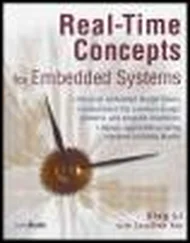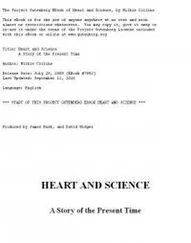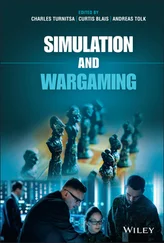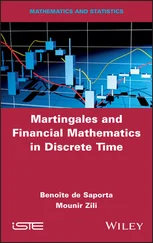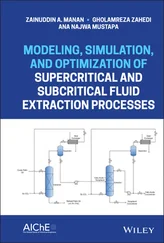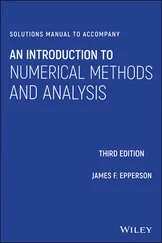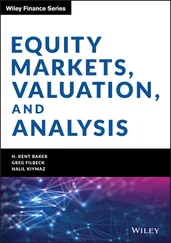A) Problem Reduction: To make searching simpler, this strategy requires transforming the problem space. Examples of problem reduction include: (a) organizing in an abstract space with macro operators before getting to the real operator details; (b) mean-end analysis, which tries to reason backwards from a known objective; and (c) sub-goaling.
B) Search Reduction: This approach includes demonstrating that the solution to the problem cannot rely on searching for a certain node. There are several explanations why this may be true: (a) There can be no solution in this node’s subtree. This approach has been referred to as “constraint satisfaction” and includes noting that the circumstances that can be accomplished in the subtree below a node are inadequate to create any minimum solution requirement. (b) In the subtree below this node, the solution in another direction is superior to any possible solution. (c) In the quest, the node has already been investigated elsewhere.
C) Use information of domains: The addition of additional information to non-goal nodes is one way to monitor the quest. This knowledge could take the form of a distance from a hypothetical target, operators that can be applied to it usefully, possible positions of backtracking, similarities to other nodes that could be used to prune the search, or some general formation goodness.
D) Adaptive searching techniques: In order to extend the “next best” node, these strategies use assessment functions. The node most likely to contain the optimal solution will be extended by certain algorithms (A *). The node that is most likely to add the most information to the solution process will be expanded by others (B *).
1.2 Mathematical Models of Classification Algorithm of Machine Learning
In the artificial learning area, the machine learning algorithm has brought about a growing change, knowledge that spoke of human discerning power in a splendid manner. There are various types of algorithms, the most common feature of which is grouping. Computer algorithm, logistic regression, naive bay algorithm, decision tree, enhanced tree, all under classification algorithms, random forest and k nearest neighbour algorithm support vector support. The classification process involves some predefined method that leads to the train data method of selection from the sample data provided by the user. Decision-making is the centre of all users, and the algorithm of classification as supervised learning stands out from the decision of the user.
Machine learning (ML) and deep learning (DL) are common right now, as there is a lot of fascinating work going on there, and for good reason. The hype makes it easy to forget about more tried and tested methods of mathematical modelling, but that doesn’t make it easier to forget about those methods.
We can look at the landscape in terms of the Gartner Hype Cycle:
Figure 1.1is curve that first ramps up to a peak, then falls down into a low and gets back up into a plateau. We think that ML, and DL in particular, is (or at least is very close to) the Height of Unrealistic Expectations. Meanwhile, the Shortage of Productivity has several other methods. People understand them and use them all the time, but nobody speaks about them. They’re workhorses. They’re still important, though, and we at Manifold understand that. You also have to deploy the full spectrum of available resources, well beyond ML, to build effective data items. What does that mean in practice?
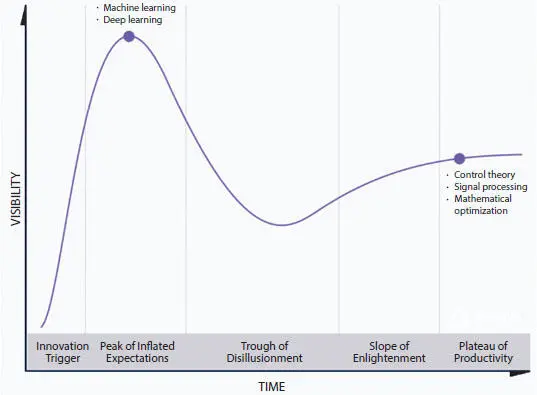
Figure 1.1 Gartner hyper cycle.
1.2.1 Tried and True Tools
Let’s look at a couple of these advanced tools that continue to be helpful: the theory of control, signal processing, and optimization of mathematics.
Control theory [2], which in the late 1950s became its own discipline, deals with real-time observation, inference, and control of a complex system’s (potentially unnoticed) states. When you understand the physics of a system, i.e., where the dynamics are not random, it is especially useful. This is a big difference because when we don’t completely understand the underlying physics, such as retail demand behaviour or ad buying on the internet, ML is really useful. Consider vehicular motion, which has physical laws that we don’t need to learn from an ML algorithm; we know how the equations of Newton operate and we can write down the differential equations that control a vehicle’s motion. Building ML models to learn this physics will burn data reams and compute cycles to learn something that is already understood; it’s wasteful. On the contrary, we can learn something important more quickly by putting the known physics in a state-space model and presenting the assumption in the language of control theory.
Signal processing, which deals with the representation and transformation of any signal, from time-series to hyper-spectral images, is another useful instrument. Classical transformations of signal processing, such as spectrograms and wavelet transforms, are also useful features to be used with ML techniques. These representations are currently used by many developments in speech ML as inputs to a deep neural network. At the same time, classical signal processing philtres, such as the Kalman philtre, are also very effective first solutions to issues that, with 20% of the effort, get you 80% of the way to a solution. Furthermore, strategies such as this are also much more interpretable than more advanced DL ones [9].
Mathematical optimization, finally, is concerned with finding optimal solutions to a given objective function. Linear programming to optimise product allocation and nonlinear programming to optimise financial portfolio allocations are classical applications. Advances in DL are partly due to advances in the underlying optimization techniques that allow the training to get out of local minima, such as stochastic gradient descent with momentum.
Mathematical optimization, as with other methods, is very complementary to ML. Both of these instruments do not work against each other, but provide interesting ways of combining them instead.
1.2.2 Joining Together Old and New
Many active solutions across different fields are used to combine the modern ML/DL environment with conventional mathematical modelling techniques. For instance, you can combine state-space modelling techniques with ML in a thermodynamic parameter estimation problem to infer unobserved system parameters. Or, you can combine ML-based forecasting of consumer behaviour with a broader mathematical optimization in a marketing coupon optimization issue to optimise the coupons sent.
Manifold has extensive experience with signal processing interfaces and ML. Using signal processing for feature engineering and combining it with modern ML to identify temporal events based on these features is a common pattern we have deployed. Features inspired by multi-variate time series signal processing, such as short time short time Fourier Transform (STFT), exponential moving averages, and edge finders, allow domain experts to quickly encode information into the modelling problem. Using ML helps the device to learn from additional annotated data continuously and improve its output over time.
In the end, that’s what’s crucial to remember: all of these methods are complementary, and to build data products that solve real business challenges, you need to remember all of them. The forest for the trees is overlooked by an unnecessarily limited emphasis on ML.
Читать дальше
